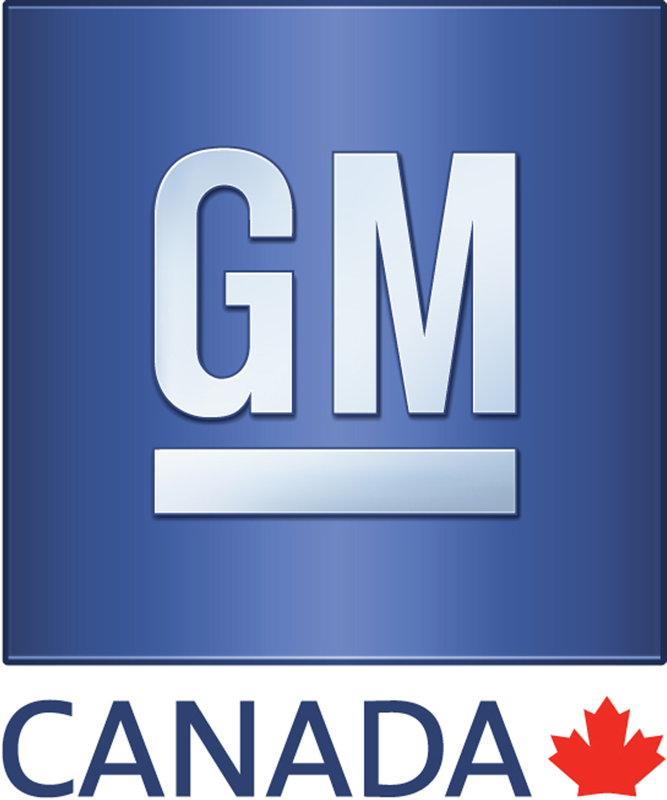Who’s to say what a socially responsible business is like? Everyone has their opinions — to each, their own. However, to those who religiously follow Freeman’s stakeholder theory, this is their answer…
A business transitions from a start-up project to a largely recognized company through being socially and ethically responsible. A company becomes well regarded among its suppliers, its stakeholders, its employees, and ultimately, the general public by operating within the confines of business law and avoiding fraud.
In a “The Globe and Mail” article, General Motors of Canada Ltd. is facing controversy and backlash for stopping operations of roughly 180 dealerships in an effort to maximize government bailouts back in 2009. GM Canada forced dealerships to shut down within a weeks’ time or face bankruptcy protection with a much lower bailout – “the goose egg”. As of late 2013, the former GM dealers are suing GM Canada for their actions in 2009.
A company is considered socially responsible, as stated by Freeman’s stakeholder theory, if it tries to balance the best interests between its personnel, its stakeholders, itself as a brand, and the public. In this case, GM Canada failed to protect its financial worth, jeopardized its clean brand, and put its personnel such as the past GM dealers at a loss. I believe it put its self-interest ahead of every other party’s interests. Is this what a socially responsible company looks like?
Source:

